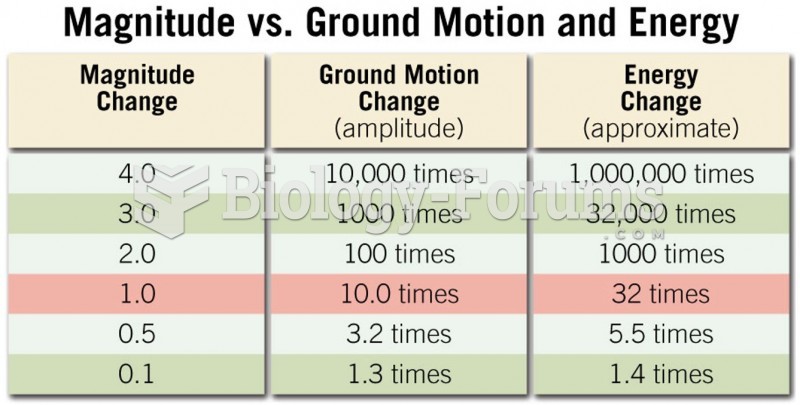|
|
|
The immune system needs 9.5 hours of sleep in total darkness to recharge completely.
According to the Migraine Research Foundation, migraines are the third most prevalent illness in the world. Women are most affected (18%), followed by children of both sexes (10%), and men (6%).
There are over 65,000 known species of protozoa. About 10,000 species are parasitic.
More than 30% of American adults, and about 12% of children utilize health care approaches that were developed outside of conventional medicine.
A good example of polar molecules can be understood when trying to make a cake. If water and oil are required, they will not mix together. If you put them into a measuring cup, the oil will rise to the top while the water remains on the bottom.







